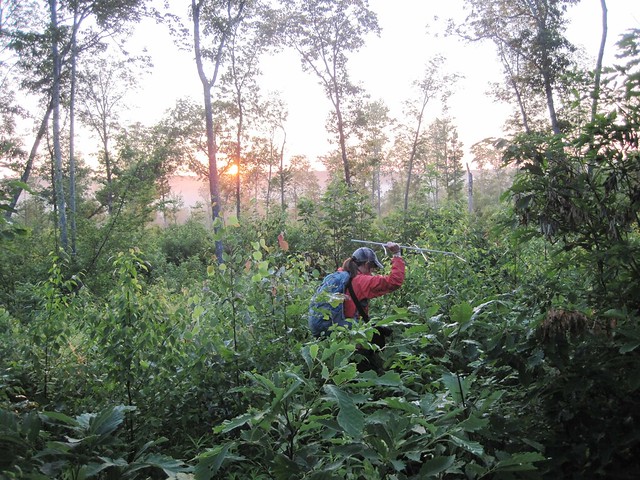
At USDA, we celebrate Earth Day 2019 by offering big thank-yous to farmers, ranchers, and forest landowners for all they do. Every day, we recognize their efforts to conserve natural resources while producing food, fiber, and fuel for people in their communities and around the world. They’re doing what needs to be done to make sure we all enjoy the benefits of clean and plentiful water and healthy soils, ecosystems, and wildlife habitat.
This year’s Earth Day theme, “Protect Our Species,” highlights the responsibility we share in supporting wildlife. Two-thirds of the land in the continental U.S. is privately owned, and the decisions that farmers and ranchers make on their land can impact wildlife.
We at USDA believe people and wildlife can thrive together. USDA’s Farm Service Agency and Natural Resources Conservation Service assist agricultural producers with adopting conservation practices that benefit not only farms, ranches, and forests but wildlife species.
Working Lands and Wildlife
Producers across the nation have played and continue to play important roles in helping wildlife species rebound or recover. Through better grazing practices, for example, ranchers in the West are part of the public-private effort to support the greater sage-grouse and Bi-state sage-grouse. The U.S. Fish and Wildlife Service determined in 2015 that neither species needed protections under the Endangered Species Act because of the successful conservation efforts underway.

Similarly, in New England, forest landowners managing for diverse forests have helped the New England cottontail rebound. In the Southeast, the Louisiana black bear, once in population peril, fully recovered because of farmers who returned marginal croplands to bottomland hardwood forests. And in the Willamette River Valley of Oregon, the Oregon chub benefitted from conservation easements that protected much-needed habitat. This fish became the first fish in the history of the Endangered Species Act to recover.
USDA offers a wide array of Farm Bill programs that can make wildlife-friendly improvements to croplands, grazing lands, and working forests, as well as benefit agricultural operations. Programs include the Conservation Reserve Program, Conservation Stewardship Program, Environmental Quality Incentives Program, and Agricultural Conservation Easement Program. USDA also offers free conservation advice as well and financial assistance to help implement conservation practices.
USDA’s Working Lands for Wildlife, a partnership led by NRCS, targets funding available through Farm Bill programs to priority species and landscapes. Launched in 2010 in sagebrush country, the partnership has grown over the years, and it is now active in 48 states, encompassing 19 different landscapes. Eight national and 11 state-identified species are used to focus individual projects that meet the needs of the species as well as those of the agricultural operations.
More Information
If you farm or ranch, we encourage you to reach out to your local FSA and NRCS representatives at your nearest USDA service center to see if there is a program right for your operation. Find your nearest office at farmers.gov/service-locator.
If you’re not a farmer or rancher, on this Earth Day please thank one for the work he or she does to put food on our tables and to conserve our natural resources and support our nation’s wildlife.

